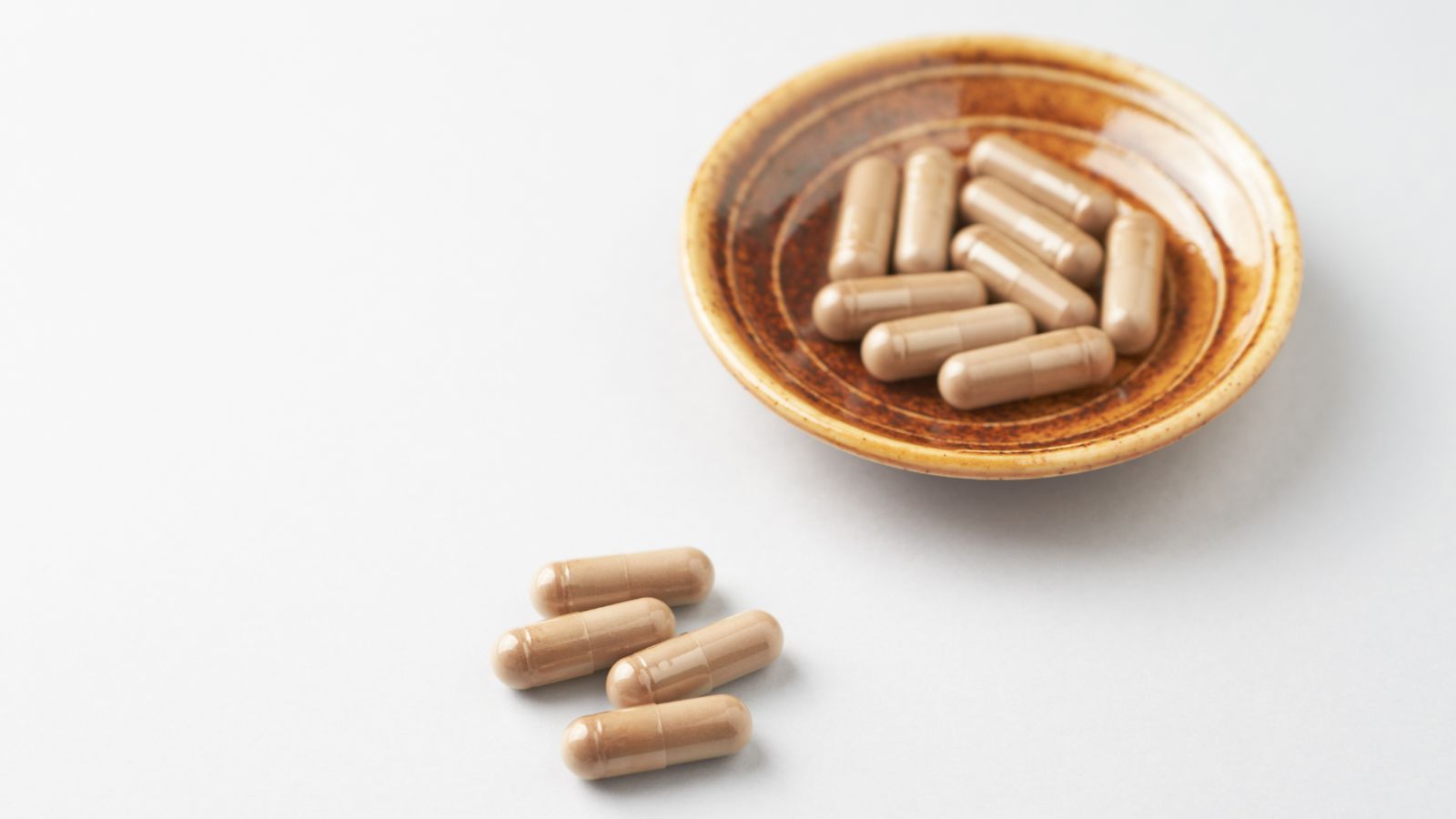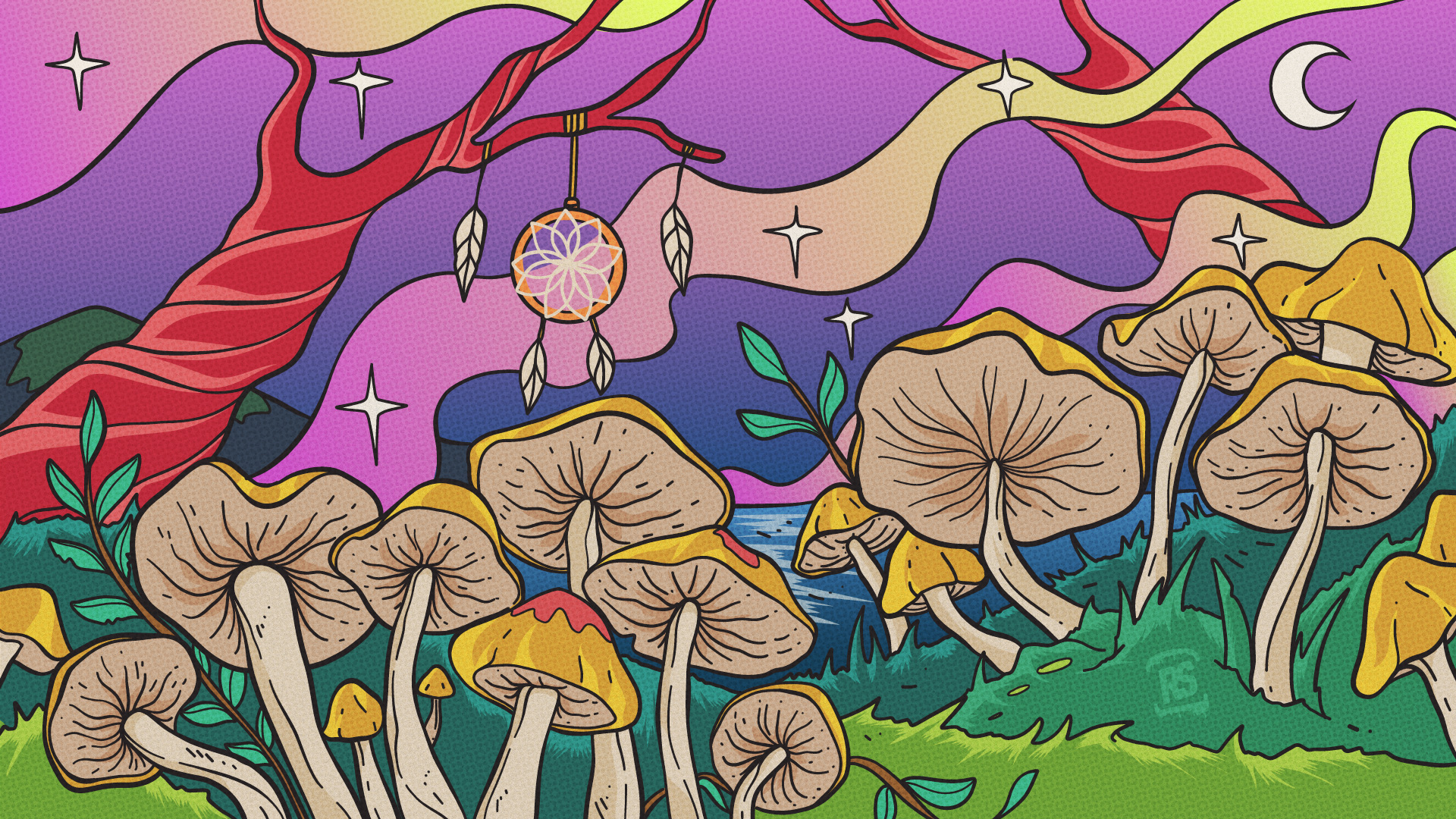Welcome, fellow mycophiles and psychonauts, to another deep dive into the fascinating world of fungi. Today, we’re embarking on a journey to explore the enigmatic Landslide Mushroom, a psychedelic marvel that’s as intriguing as its name suggests.
In the vast, interconnected web of mycelium that spans our planet, the Landslide mushroom, scientifically known as Psilocybe caerulescens, holds a special place. This mushroom not only offers a gateway to profound psychedelic experiences but also carries a rich history and cultural significance that’s deeply rooted in the ancient traditions of Central and South America.
Whether you’re a seasoned mushroom enthusiast or a curious newcomer, this guide will take you through the ins and outs of the Landslide mushroom. We’ll explore its identification, potency, effects, and even touch on the legality and potential for home cultivation.
What Are Landslide Mushrooms?
Landslide mushrooms, known scientifically as Psilocybe caerulescens, are a fascinating species of psilocybin mushrooms. They are part of the larger family of mushrooms known as Psilocybe, which are renowned for their psychoactive properties. The Psilocybe genus is widespread and includes other well-known species, such as Psilocybe cubensis and Psilocybe semilanceata, also known as the magic mushroom and Liberty Cap, respectively.
The term “landslide” is an English translation of the Spanish word “derrumbe,” which is commonly used to describe these mushrooms in regions where they are found. The name is quite fitting, as these mushrooms have a unique propensity to appear in areas where landslides have occurred. This intriguing characteristic is thought to be linked to the mushroom’s ecological role as a decomposer, breaking down organic matter in the soil and contributing to nutrient cycling.
The Landslide mushroom is a captivating specimen, not just for its psychoactive properties, but also for its role in the ecosystem and its unique growth habits. It serves as a reminder of the resilience of nature, springing forth from the aftermath of environmental disturbances like landslides.
Are Landslide Mushrooms Psychedelic?
Yes, Landslide mushrooms are indeed psychedelic. They contain the psychoactive compounds psilocybin and psilocin, which are known for their hallucinogenic effects. These compounds work by interacting with the serotonin receptors in the brain, leading to altered thoughts, feelings, and perceptions.
The psychedelic experience induced by Landslide mushrooms can vary greatly depending on the dose, the individual’s mindset, and the environment in which they are consumed. This is what we call ‘set and setting.’ Effects can range from subtle changes in perception and mood at lower doses to profound alterations in consciousness and perception of reality at higher doses. It’s important to note that while these experiences can be enlightening and therapeutic for some, they can also be intense and challenging, and should be approached with respect and caution.
Where Do Landslide Mushrooms Grow?
Growing predominantly from June through October, the Psilocybe caerulescens can be found in clusters or, less commonly, growing alone. These mushrooms have an affinity for disturbed grounds, often devoid of other plant life, and unusually favor sunny locations. They thrive best in muddy, orangish-brown soils that are rich in woody debris.
How to Identify Landslide Mushrooms
When examining the physical features of the Psilocybe caerulescens, several distinct characteristics stand out. The cap usually measures between 1-7 cm broad, and sometimes can even grow up to 10 cm. It has a convex to campanulate shape, and it can be viscid when moist. The cap exhibits a variety of colors from yellowish to reddish-brown, with a silvery-blue metallic sheen, and has a tendency to bruise blue when handled.
The gills are adnate to sinuate and initially present in whitish or yellowish-gray shades. As they age, they turn to dark violaceous brown or sepia brown, although the edges remain slightly whitish.
The stipe or stem of this mushroom is another key feature. Measuring between 2-9 cm long and 5-12 mm thick, the stipe has a flexible and hollow structure. It bruises blue when handled and carries a whitish to reddish brown or blackish color.
On a microscopic level, the spores demonstrate a unique appearance. They are hexagonal to subrhomboid when viewed from the front and ellipsoid from the side. Interestingly, each basidium often produces four spores, though sometimes only two larger spores are formed.
Landslide mushrooms also exhibit a strongly farinaceous taste and smell, which many liken to a cucumber’s flavor. However, it’s important to note that the potency of this flavor decreases as the mushroom matures or dries out.
Landslide Mushroom Potency
The potency of Landslide mushrooms, like other psilocybin-containing mushrooms, is largely dependent on the concentration of psilocybin and psilocin. These concentrations can vary widely between individual mushrooms and even within the same mushroom, making it difficult to predict the potency of a given specimen.
What is a Landslide Mushroom Dose?
Determining the right dose of Landslide mushrooms can be a complex process, as it depends on a variety of factors, including the individual’s body weight, tolerance, and desired intensity of effects.
For a microdose, which is intended to provide subtle effects without significantly altering perception or cognition, a common starting point is around 0.1 to 0.3 grams of dried mushrooms. This dose can be adjusted based on individual response.
For a moderate dose, which is more likely to produce noticeable changes in perception and cognition, a common starting point is around 1 to 2.5 grams of dried mushrooms. Again, this dose can be adjusted based on individual response.
For a high dose, which is likely to produce significant alterations in perception and cognition, including potentially intense hallucinations, a common starting point is 2.5 to 5 grams of dried mushrooms or more. This level of dosing should be approached with caution, particularly for individuals who are inexperienced with psilocybin or other psychedelic substances.
It’s important to note that these are general guidelines, and individual responses can vary widely. It’s always best to start with a lower dose and gradually increase if necessary and to have a trusted individual present, particularly when experimenting with higher doses.
Landslide Mushroom Effects
While there is a lack of specific information on the effects of Landslide mushrooms, we can infer some potential effects based on their classification as a psilocybin-containing mushroom. Psilocybin is a naturally occurring psychedelic compound that is found in more than 200 species of mushrooms. When ingested, psilocybin is converted in the body to psilocin, which is a chemical with psychoactive properties.
The effects of psilocybin mushrooms like Landslide mushrooms can vary greatly depending on the dose, the individual, and the environment in which they are consumed. However, some common effects reported include:
- Changes in perception, including visual and auditory hallucinations.
- Altered sense of time, with experiences seeming to last much longer than they actually do.
- Spiritual or mystical experiences, including a sense of unity or interconnectedness with the world around them.
- Changes in mood, which can range from euphoria to anxiety and fear, depending on the individual and their environment.
- Physical effects such as dilated pupils, increased heart rate, and nausea.
It’s important to note that while many people have positive experiences with psilocybin mushrooms, they can also cause distressing or frightening experiences, particularly at higher doses. These experiences, often referred to as “bad trips,” can include intense fear, paranoia, and delusions. As such, it’s important to use these substances responsibly, in a safe and comfortable environment, and preferably with a sober and trusted individual present.

How to Take Landslide Mushrooms
There are several ways to consume Landslide mushrooms, each with its own set of considerations. The method you choose can depend on your personal preferences, the desired intensity and duration of effects, and the specific circumstances in which you plan to consume the mushrooms.
Eating Raw or Dried
One of the simplest ways to consume Landslide mushrooms is to eat them raw or dried. This can be done by simply chewing the mushrooms thoroughly and swallowing them. Some people find the taste of mushrooms to be unpleasant, in which case they can be mixed with food or drink to mask the flavor. However, keep in mind that eating mushrooms on a full stomach can delay the onset of the effects.
Brewing into Tea
Another popular method is to brew the mushrooms into a tea. This can be done by chopping or crushing the mushrooms, boiling them in water for about 10-15 minutes, and then straining the liquid. The resulting tea can be consumed hot or cold. This method can make the mushrooms easier to ingest for those who dislike their taste, and it can also result in a faster onset of effects.
Grinding into a Powder
Grinding the mushrooms into a powder can make them easier to consume and can also allow for more precise dosing. The powder can be mixed with food or drink, or it can be encapsulated. A coffee grinder or similar device can be used to grind the mushrooms.
Capsules
Capsules are a popular method for those who wish to microdose psilocybin, as they allow for precise dosing and easy ingestion. The mushroom powder can be packed into empty capsules, which can be purchased online or at a health food store. This method eliminates the taste of the mushrooms and can make it easier to establish a consistent dosing regimen.
Can You Grow Landslide Mushrooms at Home?
Growing Landslide mushrooms at home is possible, but it requires a good bit of infrastructure and care. Mushrooms, in general, need specific conditions to grow, including the right temperature, humidity, and substrate (the material in which you grow mushrooms). Landslide mushrooms are no exception to this. They require a substrate rich in wood debris, similar to the conditions they find in nature after a landslide. To curb that learning curve, consider investing in one of our recommended mushroom grow kits.
Where Are Landslide Mushrooms Legal?
The legality of psilocybin mushrooms varies greatly around the world. In the United States, psilocybin is classified as a Schedule I drug, making it illegal to manufacture, distribute, or possess. However, there are some exceptions to this. For example, in 2020, the state of Oregon passed a measure that allows for the regulated medical use of psilocybin, and the cities of Denver, Colorado; Santa Cruz, California; and Oakland, California have all decriminalized the use and possession of psilocybin.
In Canada, psilocybin is also classified as a Schedule III drug, making it illegal unless authorized for clinical trial or research purposes. However, in August 2020, the Canadian Minister of Health granted an exemption to four terminally ill patients, allowing them to use psilocybin as part of their end-of-life care.
In some countries, such as Brazil and Vietnam, psilocybin mushrooms are legal to use, possess, and sell. However, in many other countries, including the UK, France, and Germany, they are illegal.
It’s important to note that while some jurisdictions have decriminalized psilocybin, this does not mean it is legal. Decriminalization means that while it is still illegal, the penalties are less severe and often involve fines or mandatory treatment programs instead of jail time.
As always, it’s crucial to understand the laws in your area before using, possessing, or cultivating psilocybin mushrooms. The information provided here is not legal advice and laws can change, so be sure to do your own research.
Use With Caution
As with any psychedelic substance, Landslide mushrooms should be used with caution. They can produce powerful effects and should be used responsibly, in a safe and comfortable setting, and preferably under the guidance of a knowledgeable and trusted individual. Always start with a low dose to assess your individual response.











